
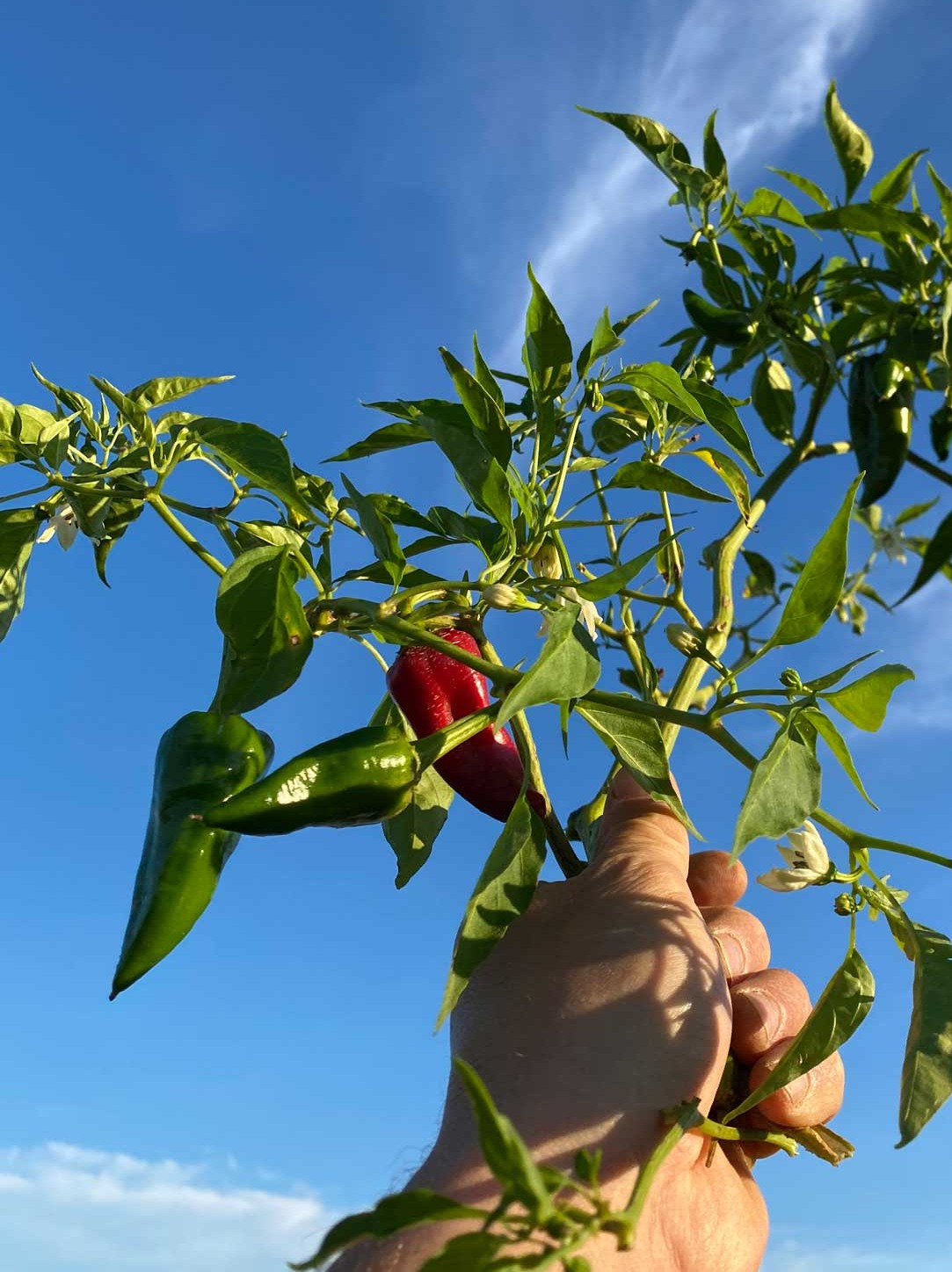
Learning to Grow with The Hampton’s Pepper Professionals
By Ian Sleat
Sign up for our monthly newsletter!
W hatever the word “pepper” means to you, whether it’s the black powder you put on your eggs, a classic green taco-topping jalapeño, or the red hot chili ones that take you on a Californication, peppers are an under-discussed culinary symbol often indicative of the way different cultures develop recipes, construct flavor profiles, and share them with the world around them.
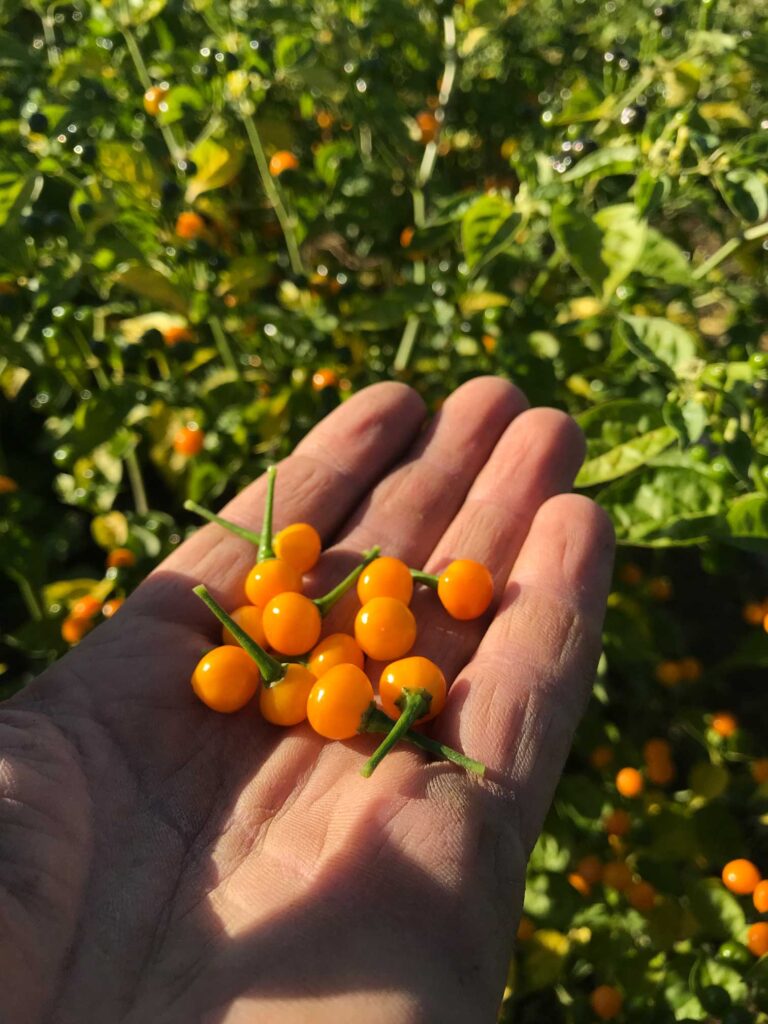
In East Hampton, a charming seaside town on Eastern Long Island, Greg Kessler and Lauren Jarvis are on a mission to grow rare and uncommon peppers from all over the world to establish a universal ground for flavor profiles that are rare or otherwise difficult to find locally. With the creation of “Springs Fireplace,” their online storefront, the duo sells the fruits of their labor in the form of hot sauce, salsa, and dried pepper flakes. Though the recipes and procedures to create their products have been precisely perfected, growing the peppers themselves is a labor of love, attention, and longevity that, through time, the duo has mastered.
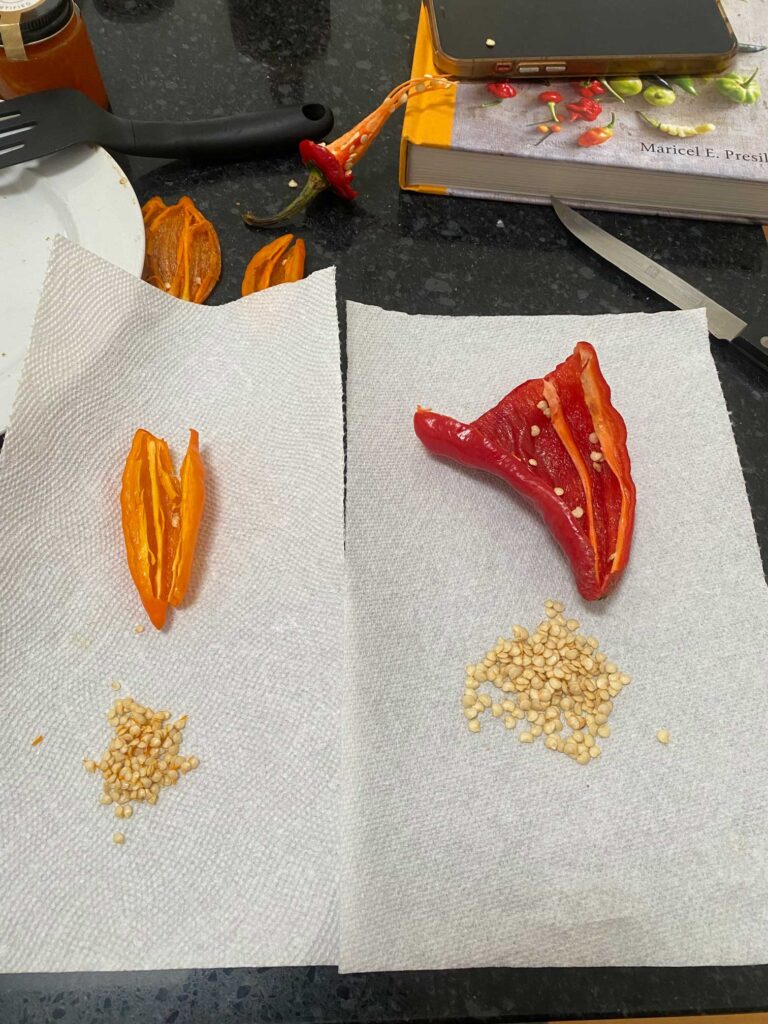
The growth process begins with seeds saved from the previous harvest season. Kessler explained to me that the seeds they choose to keep for the upcoming season depend entirely on the best plants. Peppers from the previous season that yielded the best-looking fruits would be harvested, deseeded, and ultimately stored until the beginning of the next season.
When it is time to plant the seeds, they are removed from their refrigerated compartments and incorporated into a soil mixture. Once this is done, getting the plants into a greenhouse is essential to maintaining a steady temperature. If temperatures fluctuate, the seeds will begin to deteriorate and yield poor germination or unhealthy sprouts. Once early spring rolls around, they begin to feed their plants the necessary nutrients through a special potting mix. Pepper plants can take up to two months to reach maturity, or at least to a point where they can go to the ground. From here, the hundreds of peppers establish their roots until summer rolls around and flowering can begin.
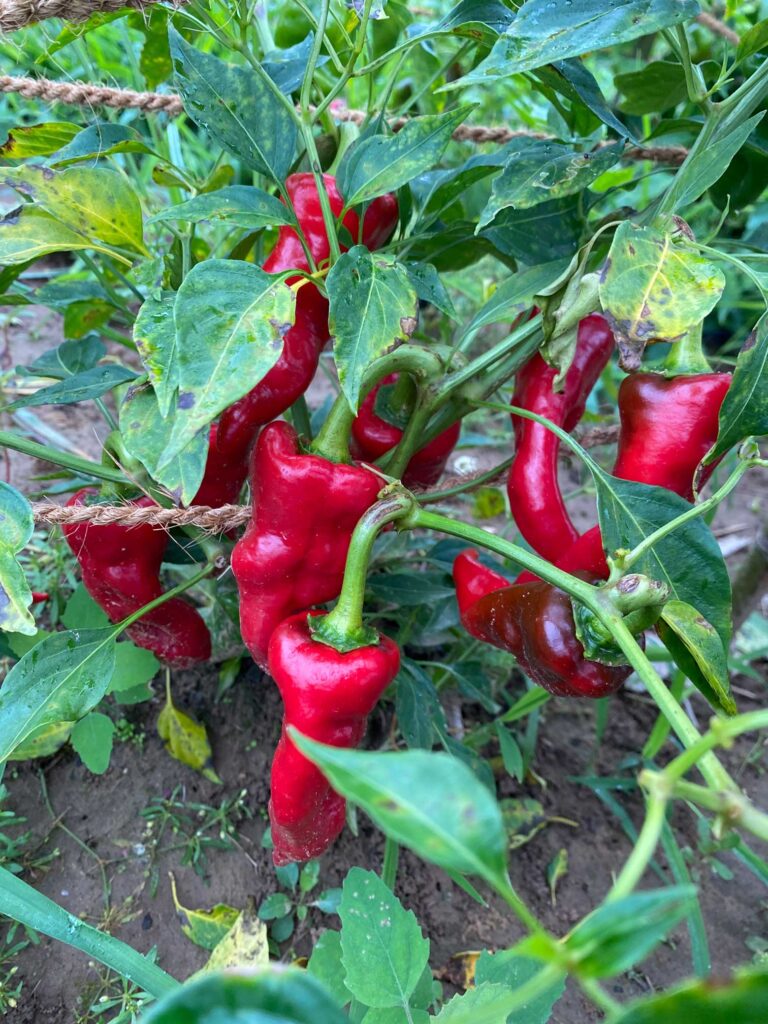
With these pepper seeds grounded, germinated, and growing, it becomes a waiting game as the peppers must sit until ground and air temperatures rise, mimicking the climate from which they originate. For example, Kessler describes the Tesuque as a “short-season pepper” hailing originally from the mountains of New Mexico. Comparing the zero-meter elevation of Eastern Long Island to the many hundred meters in New Mexico, Kessler notes that the peppers will want to flower early because, as previously mentioned, they are used to a short season. He explained how they aim to begin their cycle later so they can enjoy a longer growing season and yield more fruits rather than prematurely petering out.
As far as the timeline is concerned, the earliest peppers can be picked 50 to 60 days after being put into the ground. This pepper, a spicy yet slightly bitter green jalapeño, also has a red variation, which can be achieved by leaving the green jalapeño on the stem for around 20 days longer for a hotter, sweeter profile. However, at Springs Fireplace, the pepper menu spans well beyond this everyday jalapeño. Charapita, also known as “pepper caviar,” the citrusy-spiced Peruvian Aji Limon, and the tabasco adjacent Divaliano are just three of the over 15 types of peppers grown at Springs Fireplace.
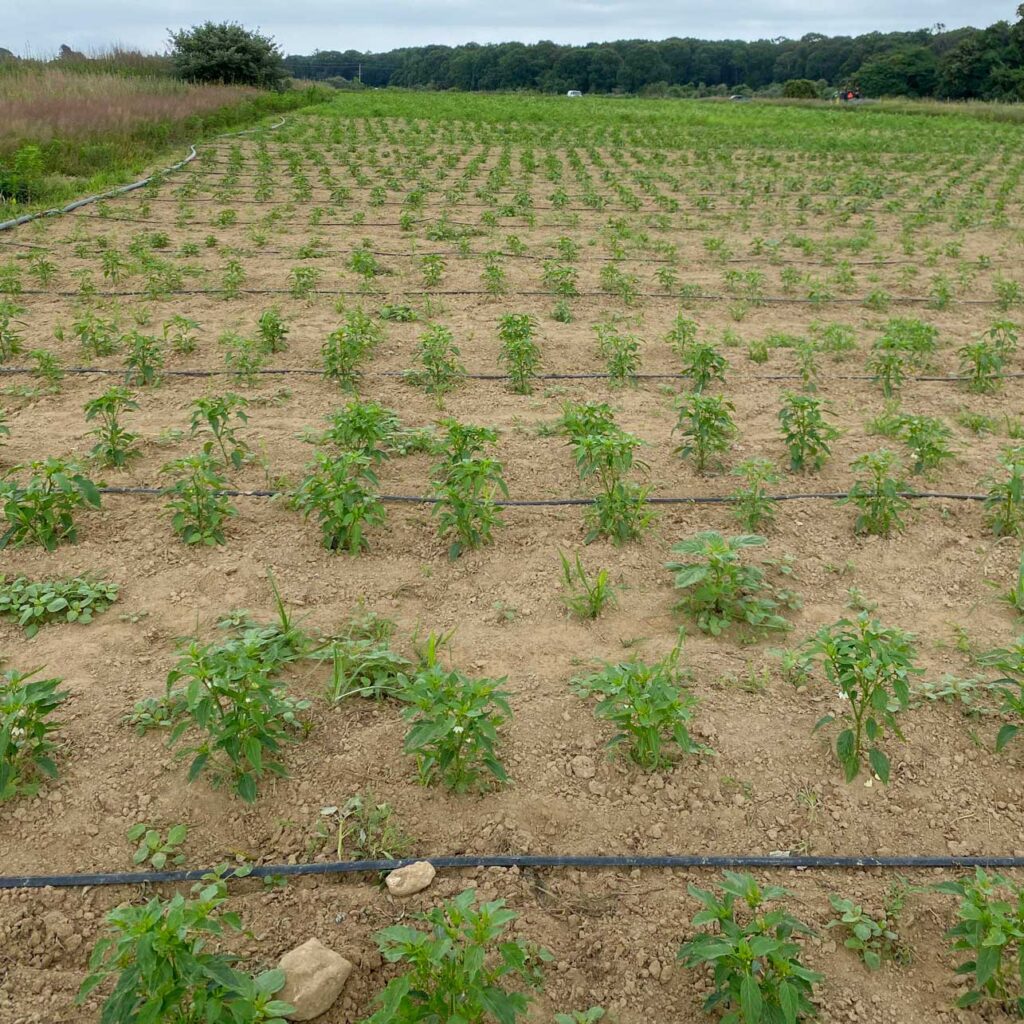
When growing at a magnitude like this, lots of space is crucial to giving the plant space to establish roots and grow fruit to its fullest capability. As a practice that depends on this kind of access to fertile land, this step in the process is where prospective farmers find themselves at a stern halt. According to Kessler and Jarvis, farming, especially around their base farm in East Hampton, is a supportive and amicable community. During a time when climate change has negatively affected and shut down so many farms, whether it be drought or flooding, there is a shared understanding of the need to lift others, regardless of whether there are new farmers who need to borrow space to get started, or, in the case of Kessler and Jarvis, businesses that need more space due to high demand.
Kessler and Jarvis are currently preparing to plant in the first week of June and will soon have a booth at the Union Square Farmers Market.
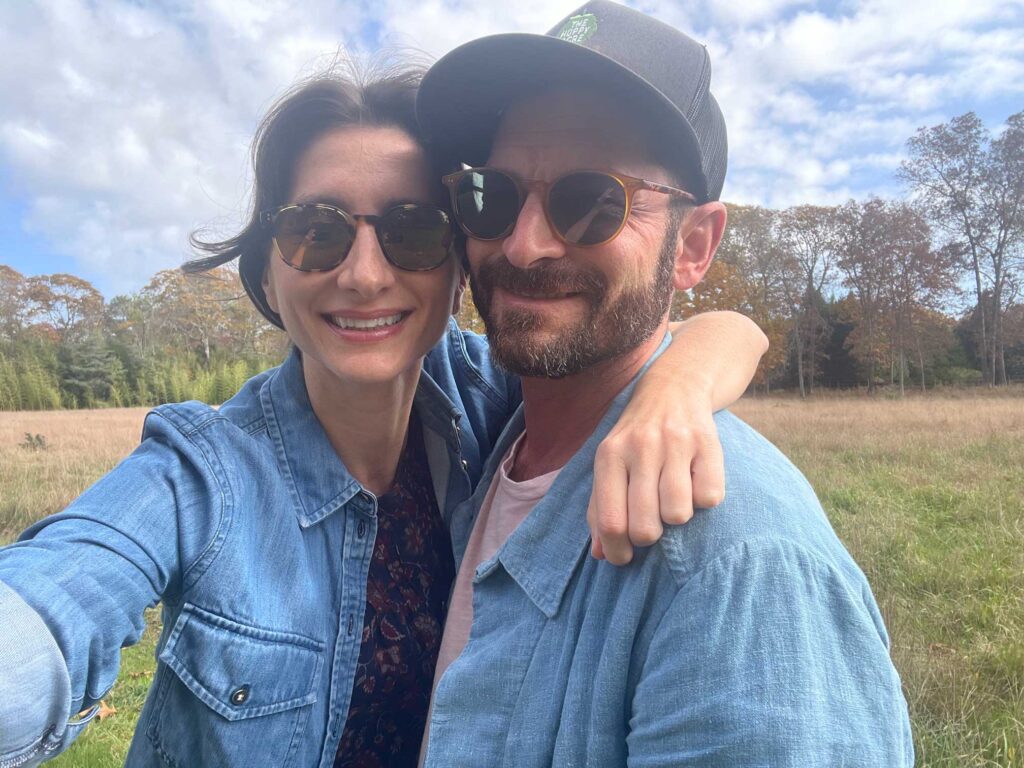
To support Springs Fireplace and other local farms, visit www.springsfireplace.com or follow @springsfireplace on Instagram.
Ian Sleat is a food and culture writer attending NYU Steinhardt School of Culture, Education, and Human Development (Instagram: @sleatian)
Plantings
Issue 36 – June 2024
Also in this issue:

World Sensorium: Mapping the Cultural Heritage of Aromatic Plants
By Gayil Nalls

Viriditas: Musings on Magical Plants—Rosa spp
By Margaux Crump
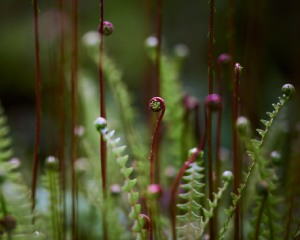
I Think, Therefore I Relate
By Jake Eshelman
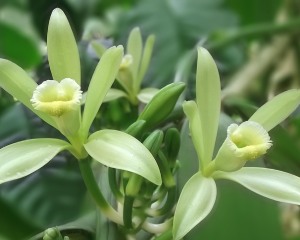
The Boy Who Was King of Vanilla
By Elena Kazamia
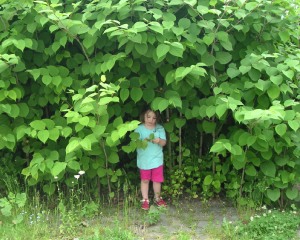
The Dual Nature of Japanese Knotweed
By Gayil Nalls
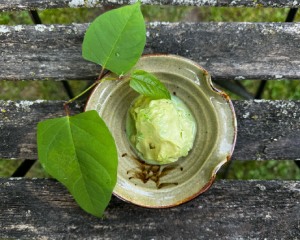
Eat More Plants Recipes:
Japanese Knotweed Sorbet
By Gayil Nalls

As Ireland transitions from the rich, smoky scent of peat-burning to a more sustainable future, its olfactory heritage is evolving. What will become the next iconic aromatic symbol of Ireland?
Click to watch the documentary trailer.

